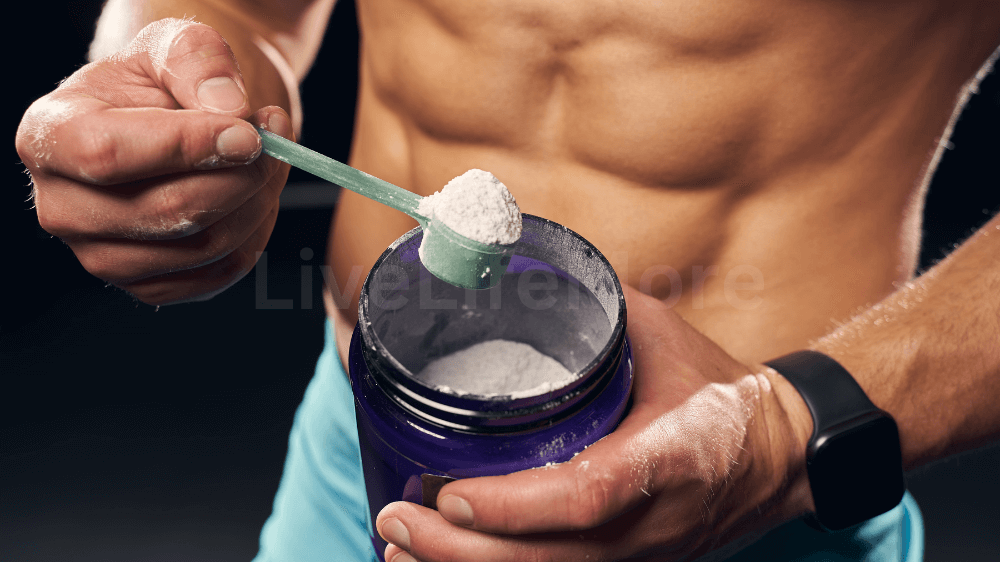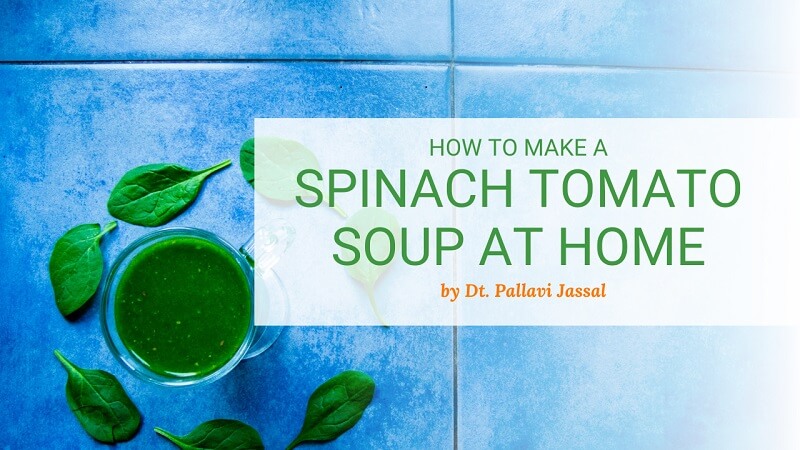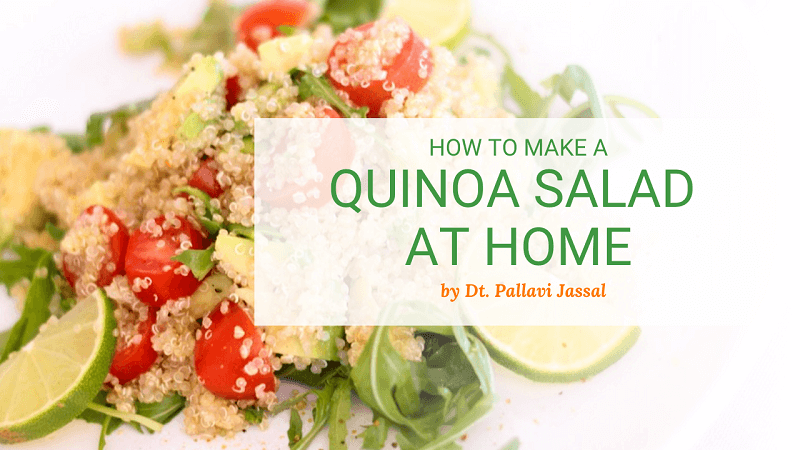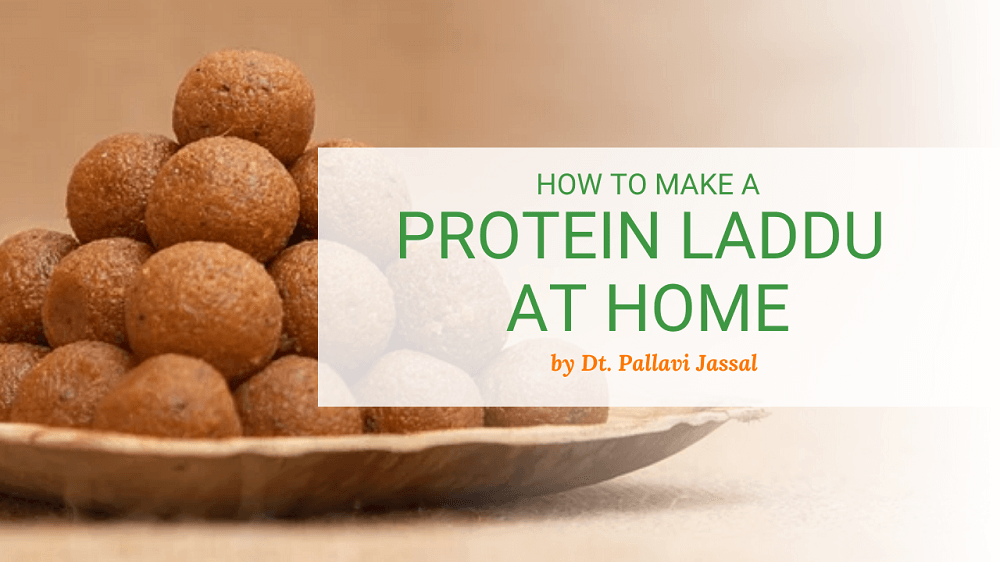How To Make Besan Cheela Recipe at HomeHow To Make Besan Cheela RecipeIngredients 1 cup besan / gram flour ¼ tsp turmeric / haldi ¼ tsp caraway seeds / ajwain salt to taste ½ cup water (or as required) ½ onion (finely chopped) 2 tbsp coriander leaves (finely chopped)...

What You Should Know About Protein Powder Side Effects
Protein powders have become very popular in India, among athletes and health enthusiasts. They are seen as a way to help muscles recover and grow. But, is it safe to use them? There are risks to consider, and it’s important to be aware of the side effects of protein powder before incorporating it into your routine.
There are many types of protein powders out there. It’s important to know the good and the bad. We’ll look into the benefits and side effects of protein powders. This will help you make smart choices about supplements.

Source: Canva
Key Takeaways
- Protein powders are popular supplements for enhancing muscle recovery and promoting growth.
- There are potential protein powder risks associated with their consumption.
- Understanding protein powder side effects is crucial for making informed decisions.
- We will explore the benefits and potential side effects of protein powders.
- Our goal is to provide a comprehensive guide on protein powder supplements.
- Addressing the question, can protein powder have side effects, is essential for your health and well-being.
Understanding Protein Powder Supplements and Their Role
Protein powder supplements are key to our diet. They help us get more protein. This is good for muscle growth and recovery, or for losing weight.
But, it’s important to know about protein supplement side effects and protein powder health risks. These can include kidney damage and protein powder weight gain. Knowing the different types of protein powders helps us make better choices.
What Are Protein Supplements?
Protein supplements make it easy to get more protein. They’re great for people who are always busy or can’t get enough protein from food.
Common Types of Protein Powders
There are many types of protein powders. Here are a few:
- Whey protein: comes from milk, lots of BCAAs
- Casein protein: from milk, amino acids released slowly
- Soy protein: for vegetarians and vegans, plant-based
- Pea protein: easy to digest, lots of essential amino acids
Why People Use Protein Supplements
People use protein supplements for many reasons. They help with muscle growth, recovery, weight loss, or just to get more protein. Knowing about different protein powders helps us choose wisely. This way, we can avoid protein supplement side effects and enjoy the benefits.
Can Protein Powder Have Side Effects? The Truth Revealed
We often hear about the benefits of protein powder. But, it’s key to think about its side effects too. Protein powders can cause side effects, from mild to severe. Some common issues are bloating, gas, and stomach cramps.
Other side effects include kidney damage and liver problems. Knowing the negative effects of protein powder helps us make better choices. We should check the ingredients and how it’s made.
Here are some things to think about when looking at protein powder side effects:
- Quality of the protein source
- Manufacturing process
- Added ingredients and sweeteners
- Individual tolerance and sensitivity
By knowing these, we can lower the chance of side effects. And we can still enjoy the good things about protein powder.
Common Digestive Issues from Protein Supplements
Protein powder has many benefits, but it can also cause digestive problems. People often face digestive issues protein powder side effects like bloating, gas, and stomach cramps. These issues can stem from lactose intolerance or sensitivity to certain ingredients.
Some common problems with protein powder include:
- Bloating and gas: This can happen if the body can’t digest certain ingredients, leading to protein powder adverse reactions.
- Stomach cramps and discomfort: This might be due to lactose intolerance or an imbalance of gut bacteria, causing side effects from protein powder.
- Lactose intolerance reactions: This is common in those who take protein powders with lactose, leading to digestive problems.
To avoid these issues, it’s important to pick lactose-free protein powders or take probiotics. Knowing about these digestive issues protein powder side effects helps us prevent them and have a healthier supplement experience.
It’s wise to talk to a healthcare professional before starting any new supplement. This is even more important if you’ve had digestive problems before. They can guide you through the world of protein powders and find the right one for you.
| Protein Powder Type | Potential Side Effects |
|---|---|
| Whey Protein | Bloating, gas, stomach cramps |
| Casein Protein | Lactose intolerance reactions, digestive issues |
| Plant-Based Protein | None or minimal side effects |
Long-term Health Considerations of Protein Powder Usage
We must think about the protein powder health risks of using it for a long time. These risks include kidney damage, liver issues, and a higher chance of osteoporosis. It’s key to know these risks and how to avoid them.
One big worry is kidney damage protein powder can lead to. Too much protein can harm the kidneys over time. Also, protein powder weight gain is common if not balanced with healthy eating and exercise. To avoid these problems, talking to a doctor or dietitian is important.
Here are some important things to think about for long-term use of protein powder:
- Watch your kidney and liver health
- Eat well and exercise regularly
- Pick high-quality protein powders from trusted brands
Knowing the protein powder health risks and how to lessen them helps us use protein powder safely. It’s vital to look after our health. With the right knowledge and care, we can get protein powder’s benefits without the risks.
Hidden Ingredients and Quality Concerns
Choosing a protein powder means we must watch out for hidden ingredients and quality issues. It’s important to understand what’s in our supplements. This includes fillers, additives, contaminants, and allergens. Knowing about protein powder risks helps us avoid side effects.
We should check for contaminants like heavy metals, pesticides, and bacteria. These can cause protein supplement side effects. To pick a good protein powder, research the brand and read reviews. Look for third-party certifications like NSF International. This way, we can avoid bad side effects and get the most from our protein powder.
Understanding Supplement Labels
Supplement labels can be tricky to read. But it’s key to know what they say. Here are important things to look for:
- Ingredient list
- Nutrition facts
- Certifications and compliance
By understanding labels and doing research, we can make better choices. This helps us avoid protein powder risks.
Choosing Quality Brands in India
In India, many quality brands are available. Look for brands that are open about their ingredients and how they make their products. Optimum Nutrition and MusclePharm are good choices. Choosing a trusted brand helps us avoid protein supplement side effects and reach our fitness goals.
| Brand | Certifications | Ingredient Quality |
|---|---|---|
| Optimum Nutrition | NSF International, cGMP | High-quality protein sources |
| MusclePharm | NSF International, cGMP | Pharmaceutical-grade ingredients |
How to Safely Consume Protein Supplements
To safely use protein supplements, follow some key steps. Start with a small amount and add more if needed. Aim for 1-2 scoops a day, but adjust based on your personal needs.
Be mindful of protein powder side effects and protein powder adverse reactions. Issues like digestive problems, skin rashes, or allergies can happen. If you notice these signs, stop using the powder and talk to a doctor.
Proper Dosage Guidelines
- Start with a low dosage and gradually increase as needed
- Consume 1-2 scoops per day, depending on individual needs and goals
- Be aware of potential protein powder side effects and protein powder adverse reactions
Best Times for Consumption
It’s best to take protein powder after working out or with a meal. This helps avoid side effects and boosts the benefits of protein.
Signs You Should Stop Taking Protein Powder
If you face issues like digestive problems, skin rashes, or allergies, stop using it. Talk to a healthcare professional. Knowing these signs helps you use protein powder safely and reach your fitness goals.
Conclusion:
While protein powders can be good for our diet and fitness, we must know the side effects of protein powder. Learning about these side effects helps us make safe choices. This way, we can enjoy the benefits without risks.
Every person’s body is different. So, it’s important to watch how our body reacts to protein powders. If you have problems like stomach issues or health worries, talk to a doctor or dietitian. They can help you decide if it’s safe to keep using the supplement.
Choosing good protein supplements and following the right amounts is key. Also, listening to how our body feels is crucial. Being aware and careful helps us use protein powders safely and get the most out of them.
FAQ
What are protein supplements and why do people use them?
Protein supplements are high in protein to help us get more in our diet. There are many types, like whey and soy protein. People use them to build muscle, lose weight, or just get more protein.
Can protein powder have side effects?
Yes, protein powders can cause side effects. These can be mild, like bloating, or serious, like kidney damage.
What are some common digestive issues caused by protein supplements?
Digestive problems are common with protein powders. Issues like bloating and stomach cramps can happen. These problems might be due to lactose intolerance or other sensitivities.
What are the long-term health considerations of protein powder usage?
Protein powders can be helpful but have risks. They might harm your kidneys or liver. Too much protein can also lead to weight gain.
What should I look for when choosing a high-quality protein powder?
Look for quality in protein powders by checking labels. They might have additives or allergens. Choose a reputable brand and check for certifications like NSF International.
How can I safely consume protein supplements?
To safely use protein powders, follow the right dosage and timing. Aim for 1-2 scoops a day, best after workouts or with meals. Stop if you have bad reactions and talk to a doctor.







